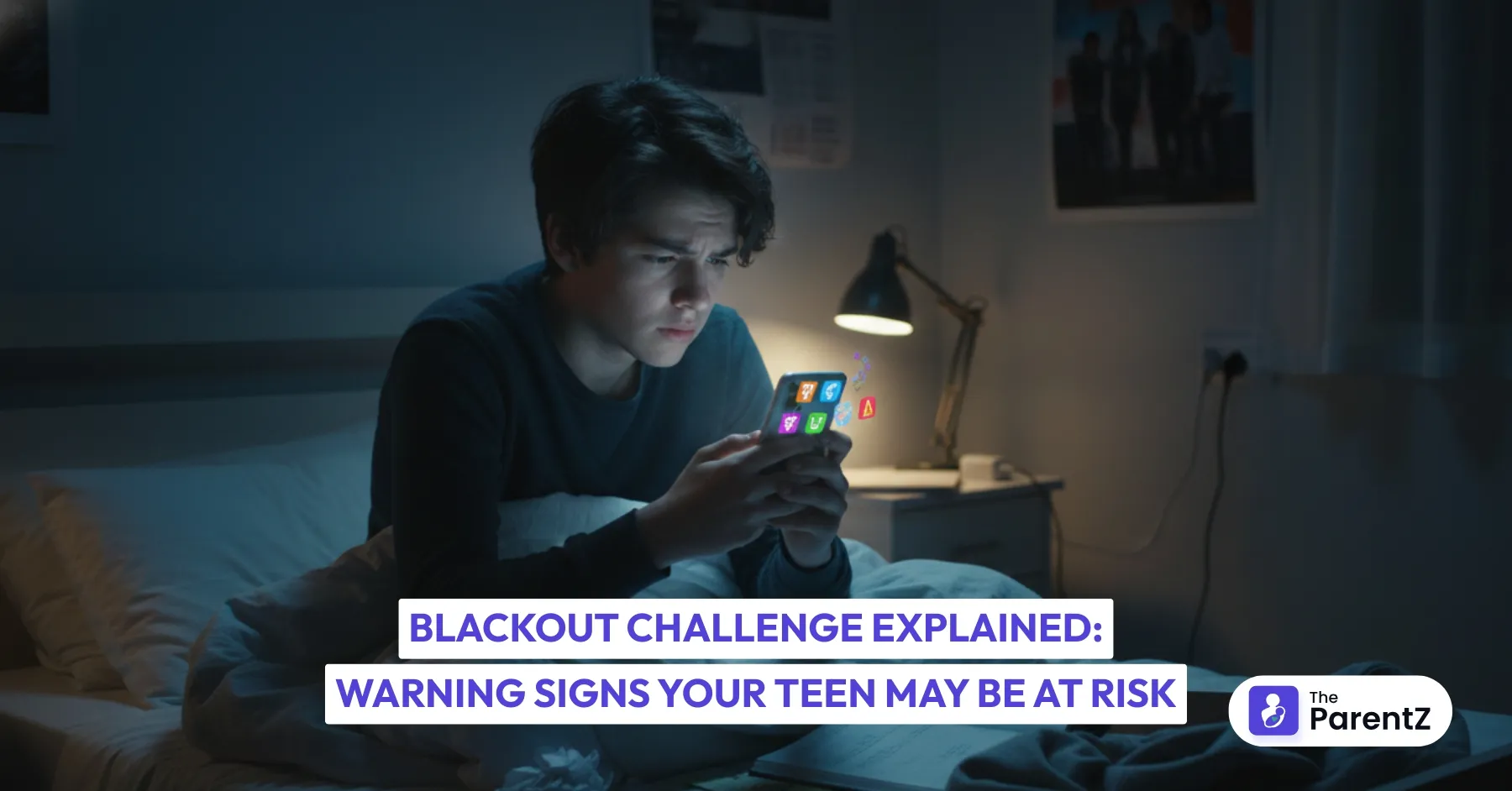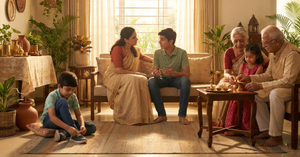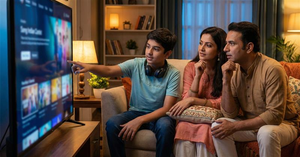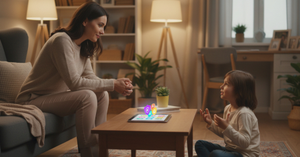Your kid sees a video. It looks fun, harmless even. Everyone's doing it. Ten seconds later, they're trying something that could kill them in under five minutes.
That's the Blackout Challenge. And it's not going away.
What Parents Need to Know Right Now
The Blackout Challenge, also called the choking game or pass-out challenge, isn't new, but social media has made it deadlier than ever. Here's what happens: kids choke themselves with their hands, a belt, a scarf, whatever's nearby. They cut off oxygen to their brain until they pass out. Why? Because right before they lose consciousness, they feel a rush, a "high" that doesn't involve drugs or alcohol.
It sounds ridiculous to us, but to a 12-year-old scrolling TikTok at midnight, it looks like harmless fun. The videos don't show the danger. They show the thrill.
And that's the problem.
Why Are Kids Doing This?
Your kid isn't stupid for being curious about this. They're just young.
Here's what's probably going through their head:
- It's not really drugs: Many kids think this is safer than smoking or drinking. No substances, no problem. They don't understand that depriving your brain of oxygen is just as dangerous, actually, it's faster.
- Everyone's doing it: When they see millions of videos, it normalizes the behavior. It stops feeling dangerous and starts feeling like just another trend.
- I can control it: Kids think they'll stop before anything bad happens. They set up "safety" measures like slip knots, standing instead of hanging. But here's the brutal truth: once you pass out, you can't save yourself. Those safety measures fail because you're unconscious.
- I'm just curious: Sometimes there's no peer pressure involved. They're just curious what it feels like. That curiosity can be fatal.
The Reality Check: What Actually Happens
- It takes just 4.4 pounds of pressure to cut off oxygen to the brain.
- You can lose consciousness in 10 seconds.
- Permanent brain damage starts at 4 minutes.
- Death can happen in 5 minutes.
There's no "safe way" to do this. None. Playing with someone else watching doesn't help, as they can't react fast enough. And kids doing this alone are gambling with their lives every single time.
Kids have died from this. Not "might die" or "could die"; have died. Mason Bogard was one of them. He tried the challenge in 2019 and accidentally choked himself to death. His mom is now desperately trying to warn other parents because she knows this could happen to anyone.
Warning Signs Parents Can Watch For
Forget the checklist you might find in a textbook. Here's what to actually look for:
Physical signs:
- Unexplained bruises on their neck (they might blame sports or "roughhousing")
- Red, bloodshot eyes frequently
- Severe headaches they can't explain
- Seeming confused or "out of it" after being alone in their room
Behavioral changes:
- Suddenly wearing turtlenecks or scarves when they never did before (even in warm weather)
- Locking bedroom or bathroom doors more than usual
- Having belts, ropes, or ties tied in weird knots lying around
- Wear marks on bed posts or closet rods
- Asking questions about choking, passing out, or asphyxiation
Digital footprint:
- Watching or sharing videos about the "blackout challenge" or "pass-out challenge"
- Following accounts that post this content
How to Protect Your Child?
1. Get on their platforms
You don't need to post. But you need to know what TikTok is, how it works, and what's trending. If your kid is on it, you should be too. Scroll through it. See what they're seeing. It feels awkward, but it works.
2. Talk like a human, not a parent giving a lecture
Don't start with "I need to talk to you about something serious." Start with "Hey, I saw something weird online..." Make it a conversation, not an interrogation. Ask what they've seen, what their friends are talking about. Listen more than you talk.
3. Explain the actual mechanics
Kids respond to facts. Tell them: "Your brain needs oxygen every second. When you cut it off, you have less than five minutes before permanent damage. You can't feel the damage happening. You just pass out, and then your brain starts dying." Make it real, not abstract.
4. Don't just say 'don't do it'
They already know you don't want them doing it. Instead, help them understand why their brain tricks them: "That 'high' feeling? That's your brain cells dying from lack of oxygen. That's not euphoria, that's brain damage."
5. Set actual boundaries with their devices
This isn't about taking their phone away, as that usually backfires. But you can:
- Keep devices out of bedrooms at night
- Use parental controls that flag concerning content
- Check their watch history occasionally (yes, this feels invasive, but it's your job)
6. Build trust so they come to you
The goal isn't to control everything they see, because that's impossible. The goal is to make sure they tell you when something feels weird or when a friend is trying something dangerous. That only happens if they trust you won't lose it.
If You Think They've Already Tried It
Don't panic. Don't yell.
- Have a direct conversation: "I'm worried you might have tried the blackout challenge. I'm not mad, but I need to know if you're okay."
- Take them to their doctor. Even if they seem fine, there could be damage you can't see.
- Get them into counseling. They need to talk to someone about why they tried it.
- Remove easy access to items (belts, scarves, ropes) from their room temporarily.
Conclusion
You can't watch your kid 24/7. You can't control everything they see online. But you can make sure they know the truth: this isn't a harmless trend. It's not even a dangerous trend. It's a fatal one.
Have the conversation today. Not tomorrow, not next week. The next video they scroll past might be the one that makes them curious enough to try it.








Be the first one to comment on this story.